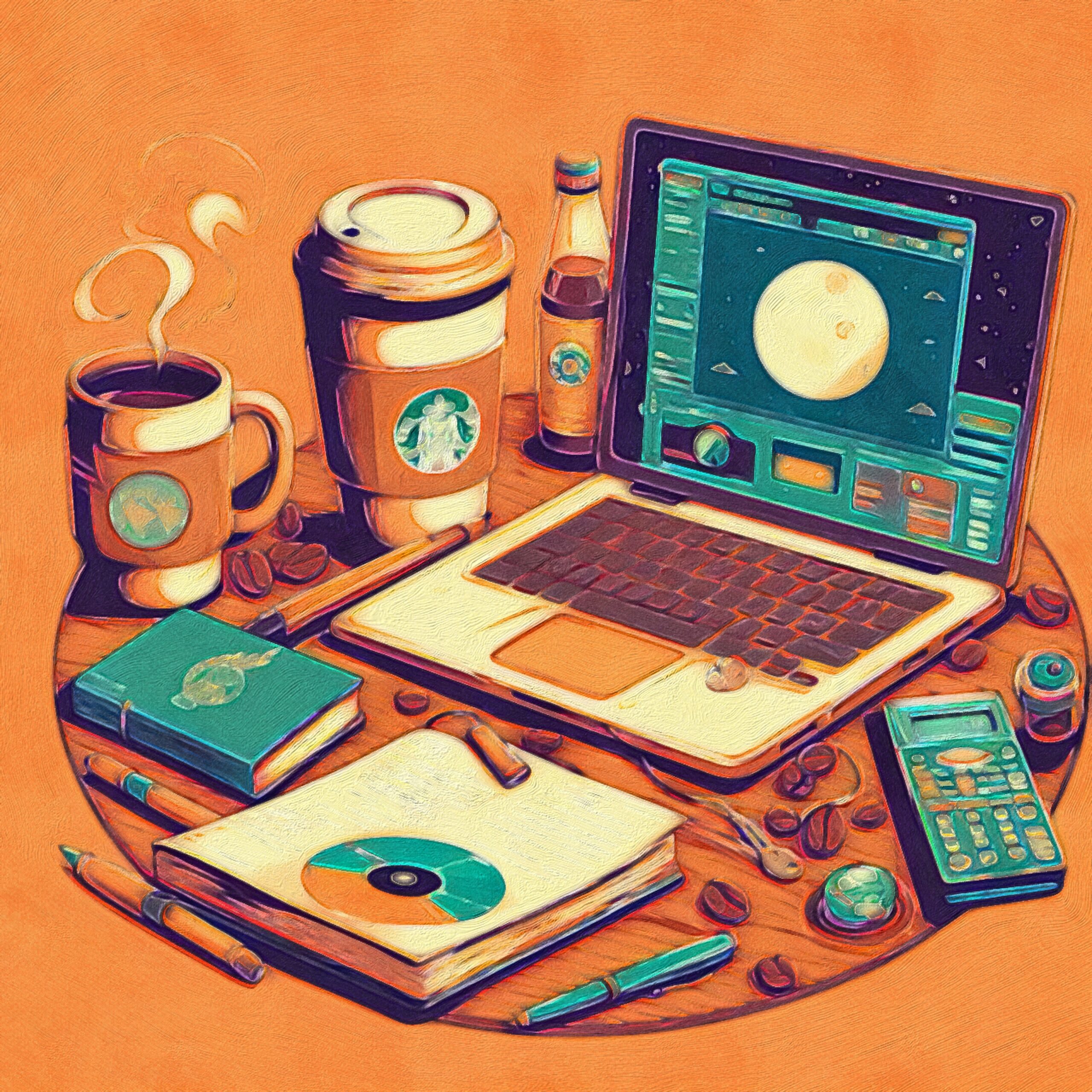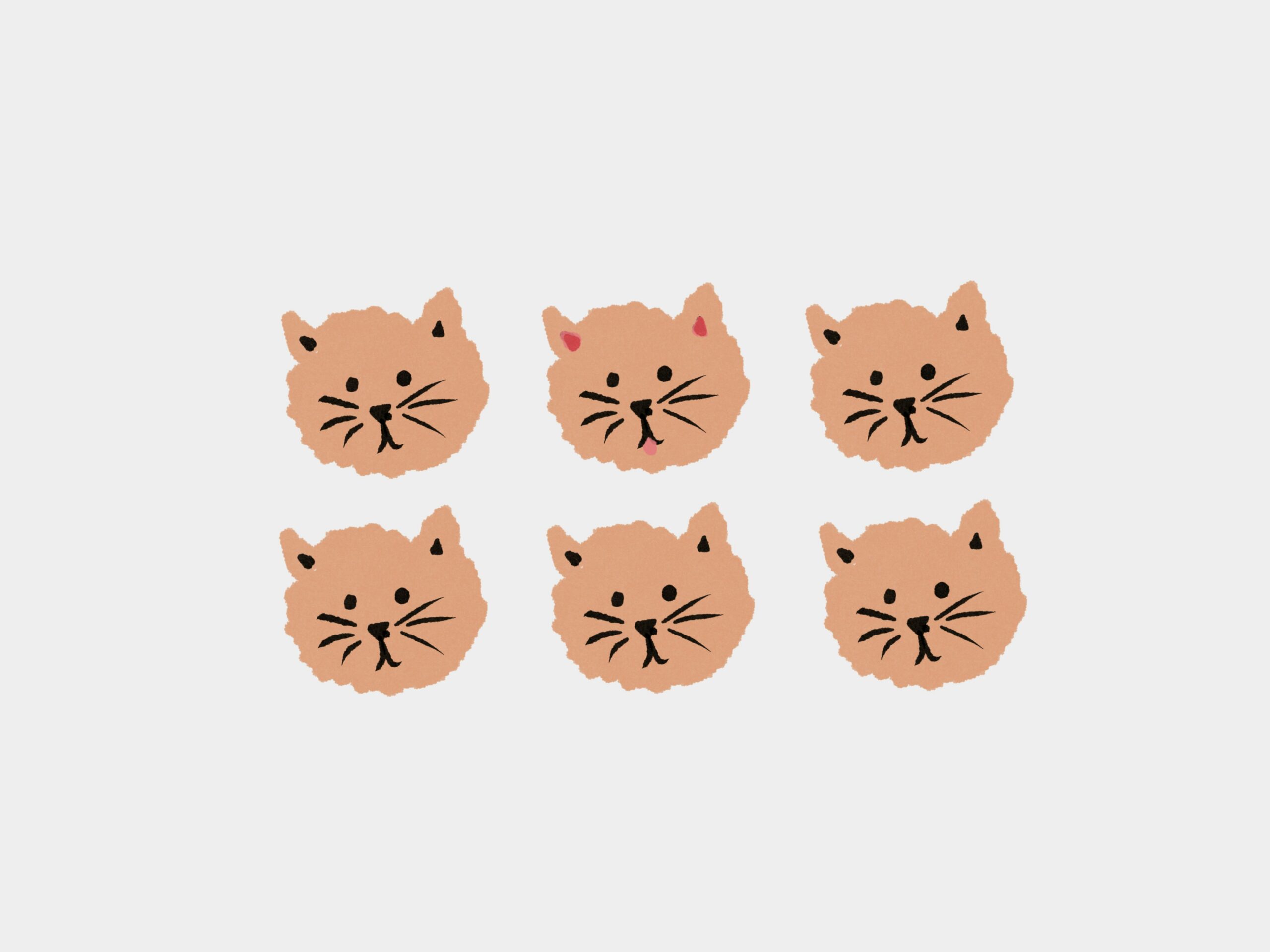Making beats with AI is super cool and fast, but mixing is what really makes them sound awesome. Here are some easy steps to help your AI beats stand out:
1. Adjust the Volume for Each Part
Start by fixing the volume for every part of your beat. AI usually gives you stems (each sound by itself), like the drum, the bass, and the hi-hats.
Turn up the drums so they’re easy to hear. The drums are the main part of most hip hop beats.
If the bass or 808 sounds too loud or too quiet, use mixing tools to change their volume. Make sure nothing sounds messy together.
2. Use EQ for Clear Sounds
EQ is a tool that helps you change how each sound feels.
Let the kick drum and bass be strong in the low parts of the sound. Let vocals and instruments be in the middle range. Make hi-hats or cymbals shine in the high part.
Some AI music programs even help you pick what to do, but always listen and trust your ears.
3. Use Compression to Keep Sounds Even
Sometimes, AI beats have big changes in how loud some things are. Use a “compressor” to keep the sounds nice and even.
Don’t go too far, or your beat might lose its energy. Keep it smooth, not flat.
4. Add Reverb for Space
If your beat sounds too plain or dry, use reverb. This makes it feel like everything is in the same room or space.
Don’t add too much, or the music will start to sound muddy or unclear.
5. Try Delay for Cool Effects
Delay is when a sound repeats a little after the first time. It’s a great way to make your beat feel bigger and more interesting.
Try different delay styles to see what you like best. Sometimes, little changes make your beat really pop.
6. Practice and Listen to Others
Mixing is something you get better at over time. Play with the tools, and listen to other songs you like. Try to copy some ideas and see what works for your beats.
You can always change things later. The more you practice, the better your AI beats will sound.
In Conclusion
If you want your AI hip hop beats to sound amazing, remember to mix them.
Change the volume, use EQ and compression, and add effects like reverb and delay.
Keep practicing and don’t be afraid to try new things. Every time you mix your music, you can make it sound even better.



















